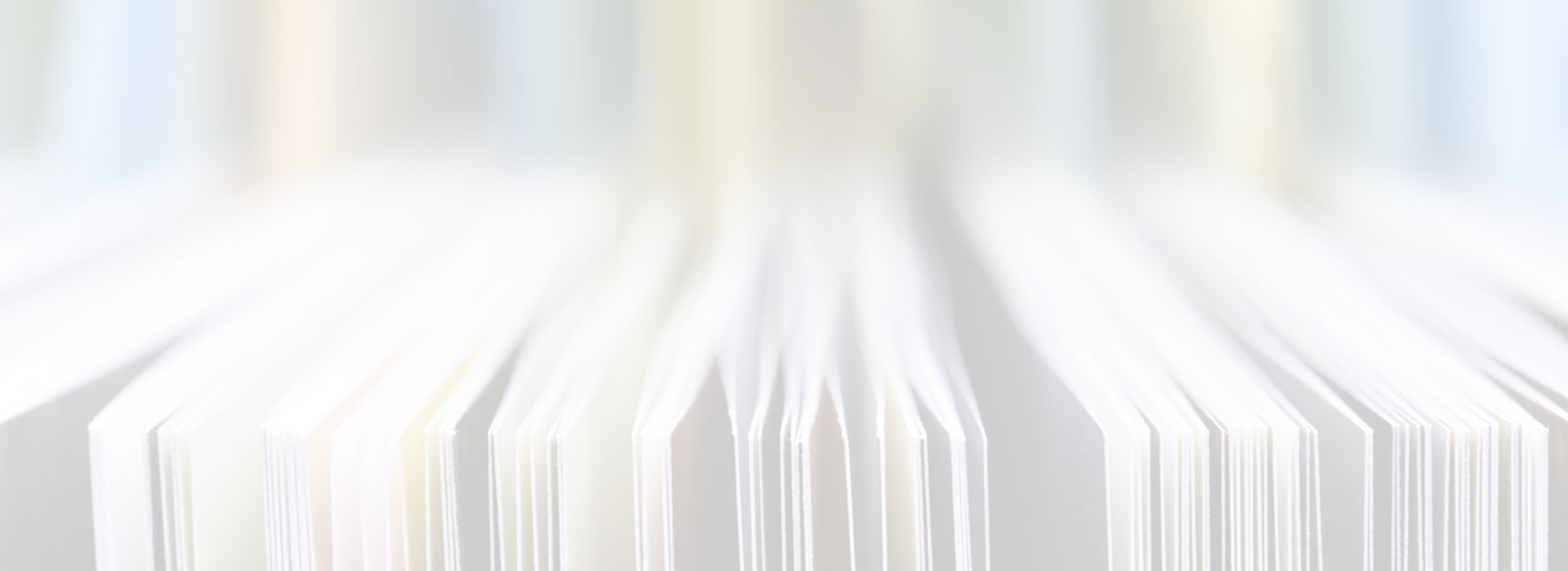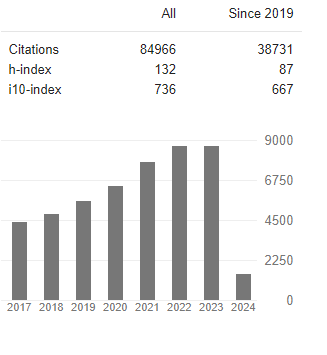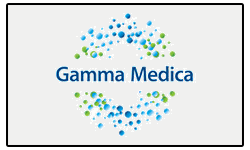Optimizing Callus Formation in Aloe Vera L. Exploring the Impact of Different Hormonal Concentrations
Abstract
Seyedeh Sara Sohrabi Sedeh
One of the most important advantages of tissue culture is helping to reproduce plants in a short period of time, especially plants whose reproduction is very slow in the traditional way. Moreover, Tissue culturing enhances crop resilience to future climate change and soil health by enabling the propagation of stress-tolerant, high-yielding, and disease-resistant plant varieties. Aloe vera is a very widely used medicinal plant that is propagated very slowly through grafting and the use of tissue culture can be a huge advantage for surviving of these fascinating plant species. But due to the presence of phenolic compounds in the plant structure, the establishment of tissue culture in the environment will be difficult. In this research, with the help of PVP, to solve this problem, leaf explants were exposed to different concentrations of two types of growth hormones, auxin and cytokinin, in order to identify the most suitable culture medium. Undoubtedly, achieving the best protocol for the micropropagation of this unique plant will be very valuable both in terms of meeting the society's need for its amazing compounds and commercially. According to the obtained results, the best combination for induction of callus in leaf explants was in the presence of 2.5 mg/l of Naphthalene acetic Acid (NAA) as an auxin and 0.5 mg/l of benzyl adenine (BA) as a cytokinin hormone. According to these re- sults, the use of the combination of these two growth hormones in callus induction are much more effective than using them sep- arately, and also the greater amount of auxin hormone compared to the other hormone will have a greater effect on the samples.




